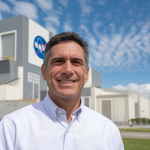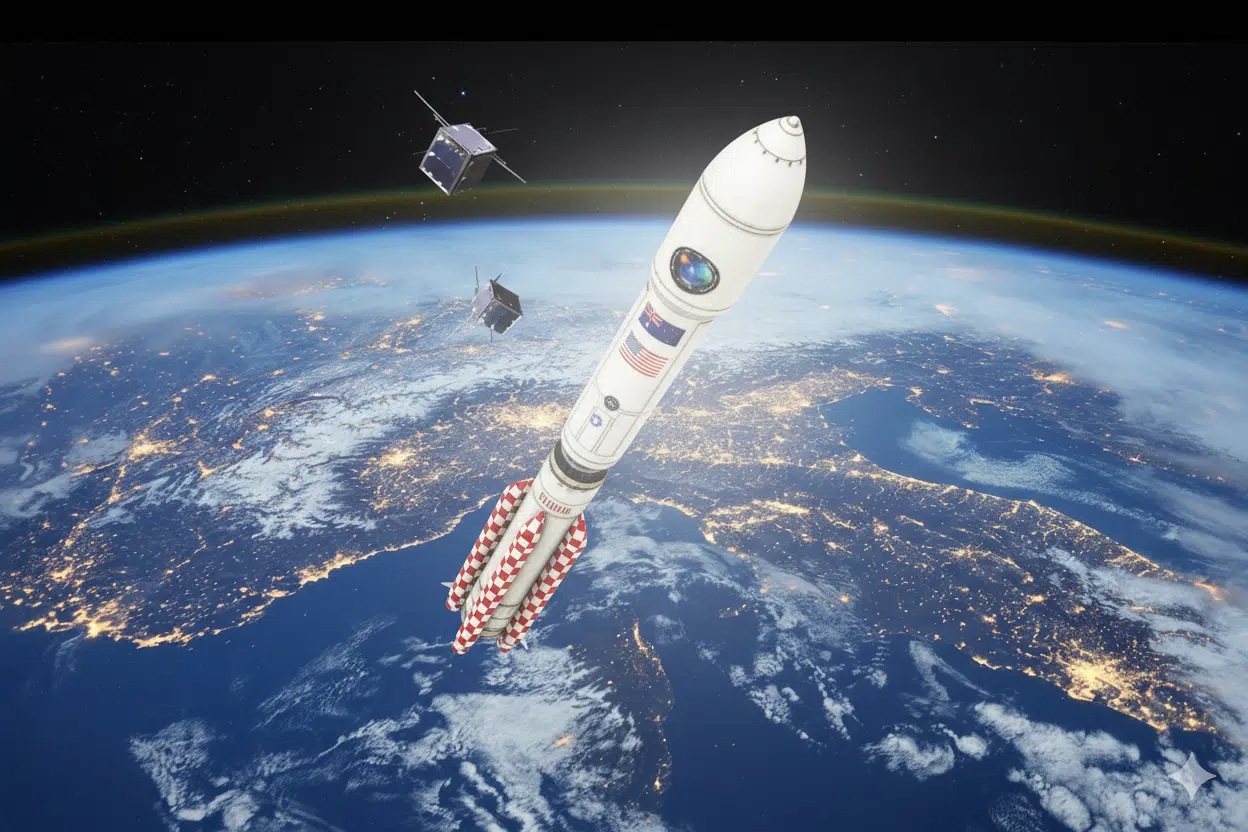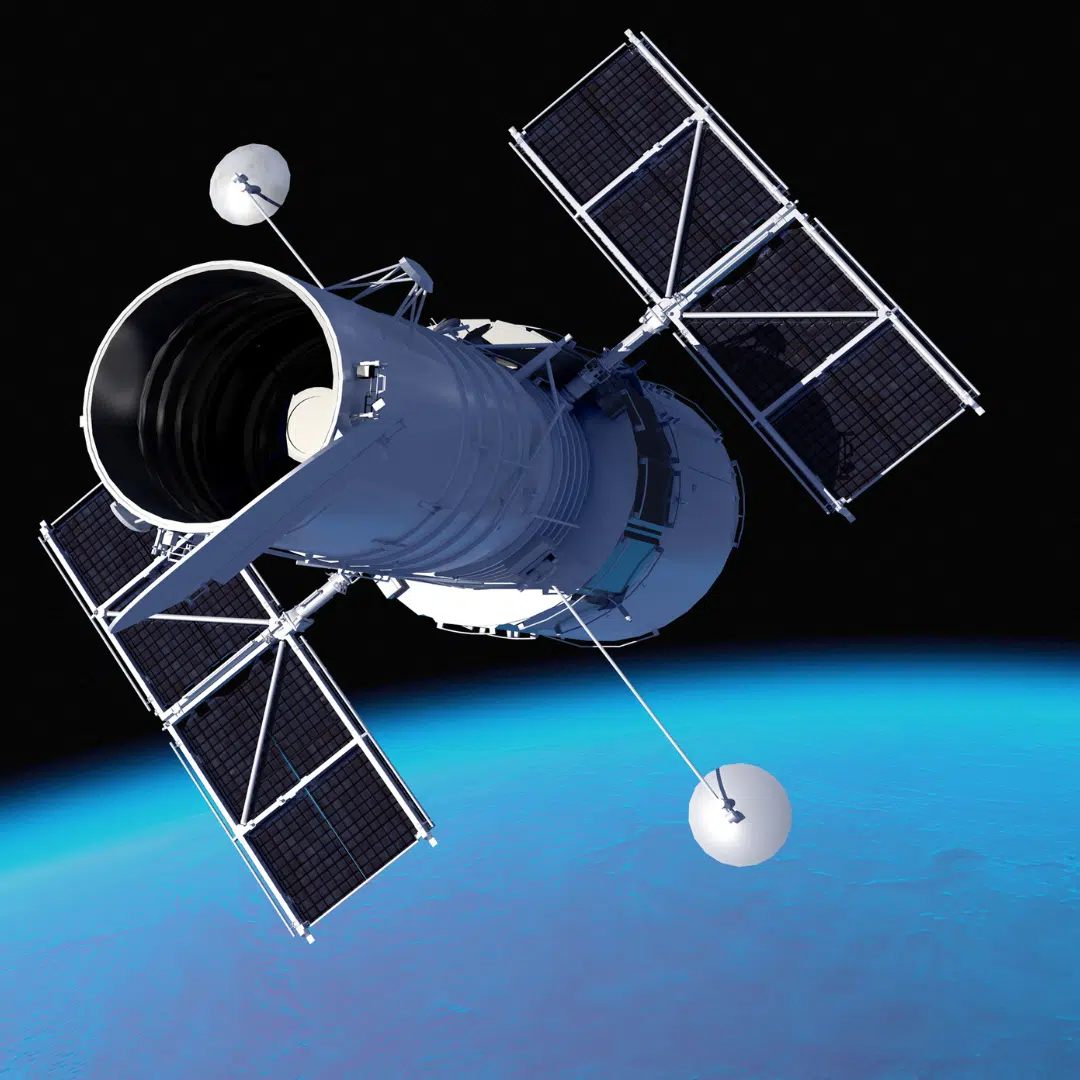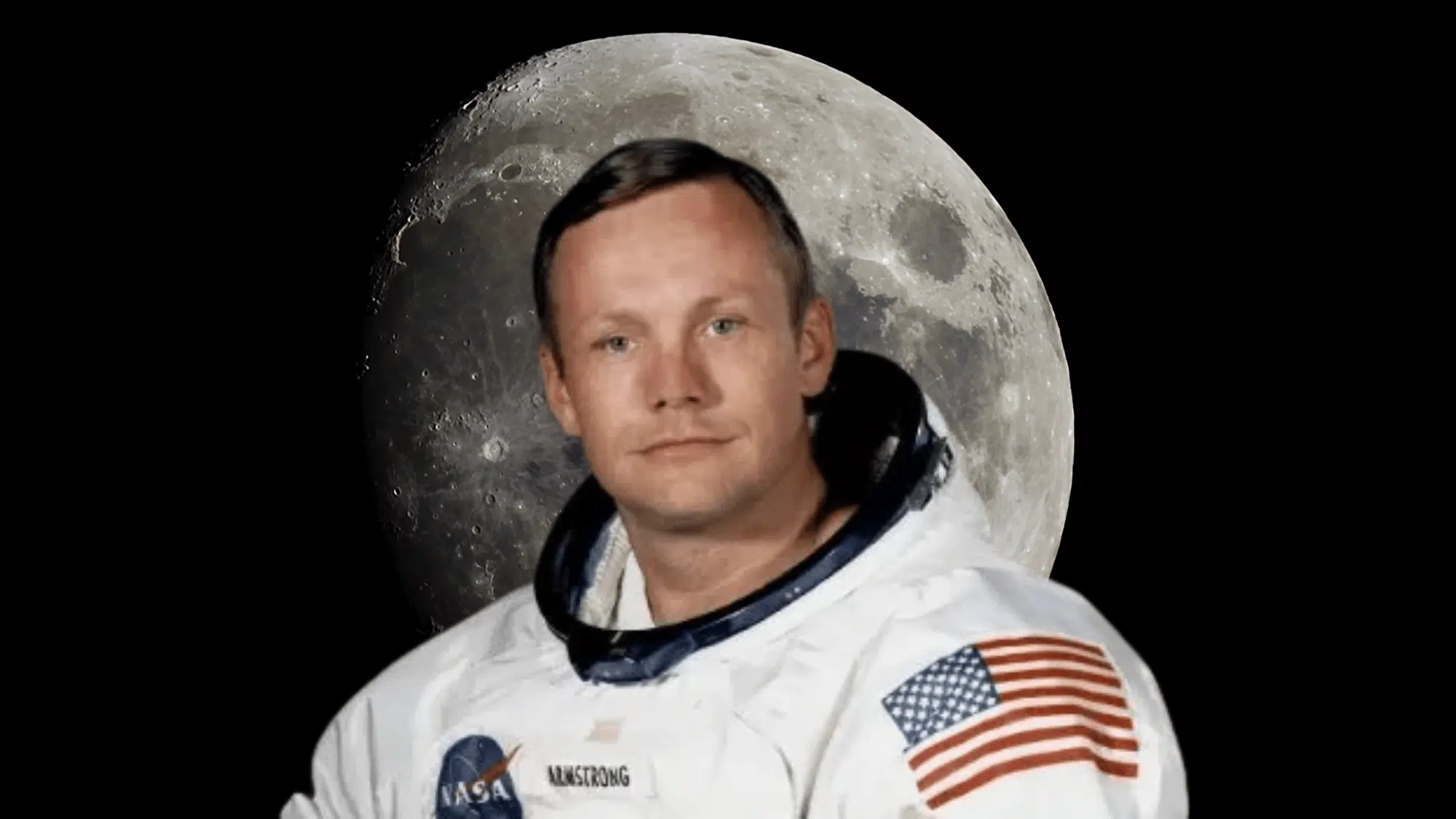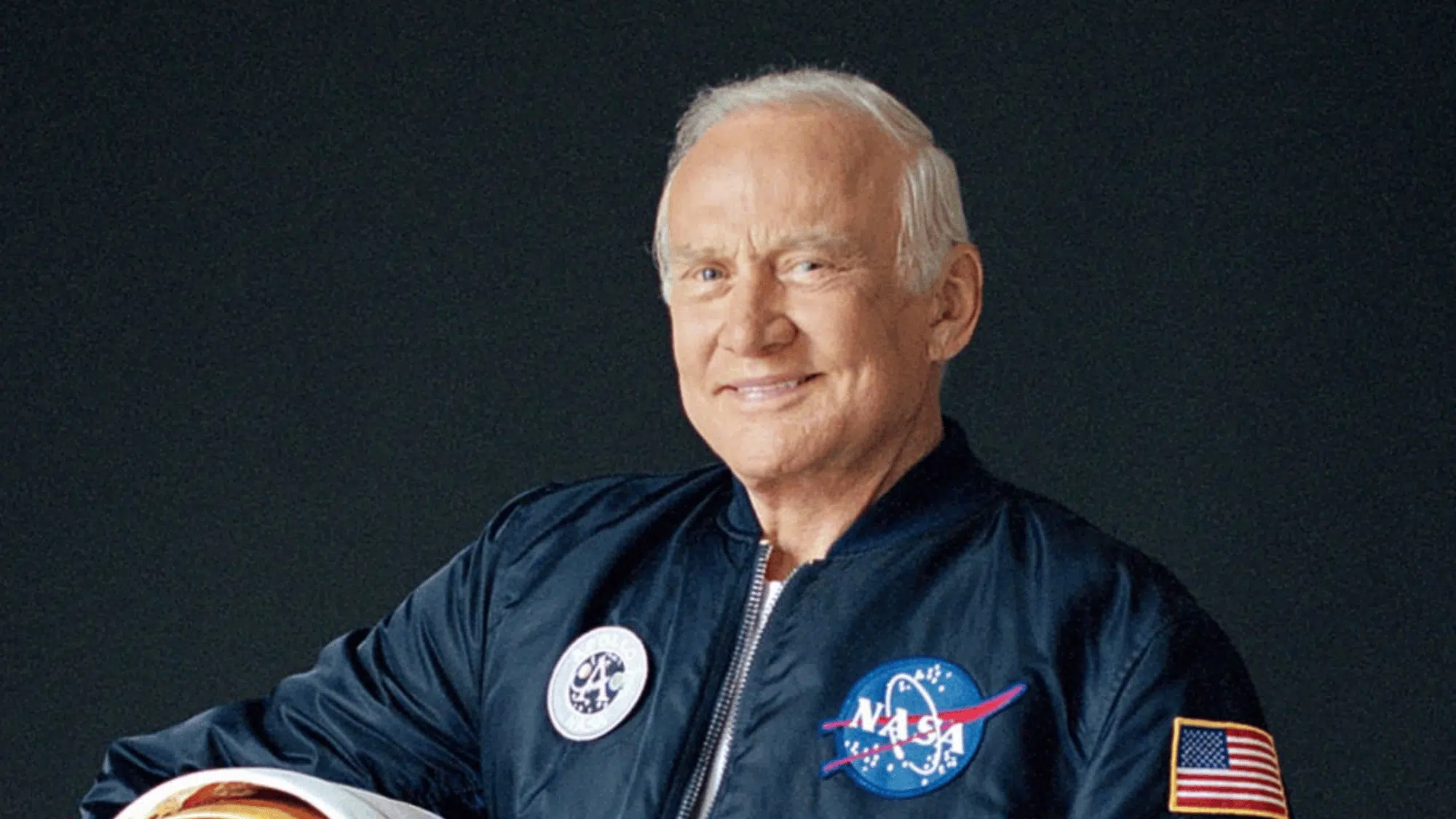When a rocket launches, many people think about the same thing: how long does it take to get to space?
Watching the fiery climb is inspiring, but the trip from Earth to outer space happens much quicker than imagined.
Surprisingly, a journey that looks epic from the ground takes only a few minutes.
In this blog, readers will learn what officially counts as “space,” how long rockets usually take to reach it, and why the timing can vary.
This will also dispel common myths and explain the key factors that shape the countdown to space, making the science accessible to everyone.
Where Does Earth End and Space Begin?
Space doesn’t officially begin the instant a rocket lifts off the launch pad.
Scientists rely on the Kármán line, an imaginary boundary about 100 kilometers (62 miles) above Earth, as the point where the atmosphere becomes too thin for conventional aircraft to fly.
However, the exact definition isn’t universal. For instance, NASA and the U.S. Air Force set the boundary a little lower, at around 80 kilometers (50 miles).
This difference may sound small, but it changes the way we measure achievements.
A rocket crossing 80 km could be considered to have reached space by one standard, while another might argue it still has a bit farther to go.
How Long Does a Rocket Take to Reach Space?


Image Source: Wired
Most modern rockets reach the edge of space, the Kármán line, in roughly 8 to 10 minutes after liftoff.
The journey starts relatively slowly as the rocket breaks through the dense lower atmosphere, but quickly gains speed to overcome gravity and thinning air.
Rockets travel upward through several atmospheric layers, including the troposphere, stratosphere, and mesosphere, before reaching near-space conditions in the thermosphere, where the atmosphere is extremely thin.
The exact time depends on the type of rocket and mission goals.
Suborbital flights designed for space tourism may cross the boundary in just a few minutes, while larger orbital rockets follow a more measured ascent to place satellites or crews into stable orbits.
For example, modern rockets such as SpaceX’s Falcon 9, NASA’s Space Launch System (SLS), and Blue Origin’s New Shepard embody these principles but vary significantly in thrust power, payload capacity, and flight profile.
How Different Space Tours Compare
Space tours vary greatly in duration and purpose. Some offer quick suborbital trips lasting minutes, while others aim for longer orbital tours, such as visits to the International Space Station.
| Journey Type | Time to Reach Space/Orbit | Additional Travel Time | Notes/Purpose |
|---|---|---|---|
| Suborbital Flights | Just a few minutes | None – quick edge-of-space trip | Designed for short space tourism experiences (e.g., Blue Origin, Virgin Galactic). |
| International Space Station (ISS) | 8–10 minutes to reach orbit | 6–8 hours on average to dock (sometimes longer) | Astronaut missions and cargo resupply trips. |
| Moon Missions | 8–10 minutes to reach orbit | 3–4 days to reach lunar orbit and landing | Apollo missions and the upcoming Artemis program. |
| Mars Missions | 8–10 minutes to reach orbit | 6–9 months on average to reach Mars | Long-duration interplanetary travel with precise trajectory planning. |
| Deep Space Probes | 8–10 minutes to reach orbit | Weeks, months, or years, depending on the destination | Voyagers, New Horizons, and other probes are designed to explore outer planets. |
Why Rockets Get You to Space So Quickly
Rockets make the journey to space in just minutes thanks to the power of their engines and the unique conditions of Earth’s atmosphere. Here’s how it happens:
- Immense Thrust: Rocket engines produce extraordinary force, accelerating the craft vertically at thousands of kilometers per hour.
- Layered Ascent: The climb passes swiftly through the troposphere, stratosphere, and mesosphere, reaching the thin thermosphere where resistance is minimal.
- Astronaut’s View: The bright blue sky fades to deep black, Earth’s curved horizon appears, and the sensation of gravity lessens rapidly.
- Relatable Speed Comparison: Covering 100 kilometers might take a car an hour, but a rocket does it straight up in about 120 seconds.
- Instant Impact: The combination of immense speed and changing environment makes the transition from Earth to space feel almost immediate.
Conclusion
In summary, rockets defy our everyday sense of time by soaring beyond Earth’s atmosphere in under 10 minutes.
This rapid ascent marks just the beginning of a much longer, carefully planned mission, whether docking with the ISS, journeying to the Moon, or exploring deeper space.
The remarkable combination of speed and complex navigation highlights humanity’s extraordinary ability to venture beyond our planet.
So, the next time you witness a rocket launch, remember that within minutes, a new chapter of exploration is already underway.


